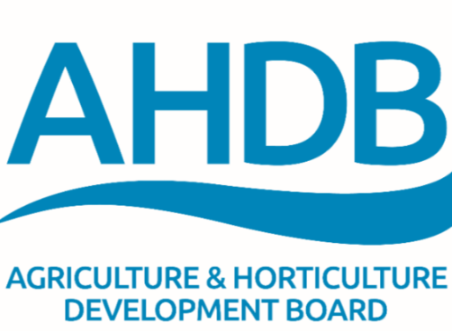UK Meat Slaughter Figures Slide
UK Meat Slaughter Figures Slide; August 2025 Sees Drop in Beef, Pig & Lamb Output
UK slaughter numbers across cattle, sheep and pigs dropped in August 2025 compared to the same month a year earlier, pulling down production of beef, pork and lamb.
These reductions matter for wholesalers, processors and exporters because they indicate tightening supplies, potential price pressures and shifts in trade flows. Lower output can raise costs, affect contract fulfilments, and force adjustments in import dependencies.
Market / Context
-
In August 2025, prime cattle (steers, heifers, young bulls) in the UK saw slaughterings fall by about 7.3% year-on-year (153,000 head). Beef and veal output fell by 6.5% to roughly 68,000 tonnes.
-
Clean sheep slaughterings also dropped 7.3%, at about 868,000 head, resulting in a 6.6% year-on-year decline in lamb and mutton production (~20,000 tonnes).
-
Pig slaughter numbers were down as well, by 5.4%, with pigmeat production decreasing by 5.6%, to near 76,000 tonnes.
-
For several livestock classes, average dressed carcase weights have stayed steady or shown minor variation, but declines in slaughter volume are the main driver of reduced meat production.
These trends come amid broader pressures: rising input costs, labour shortages, and supply chain constraints. Exporters may face tighter margins while domestic wholesalers might see reduced availability of certain cuts, especially beef and pigmeat.
What to Watch
-
Import vs export balance: As domestic production falls, dependence on imports may rise. Monitoring trade data will be key.
-
Price movements: Reduced supply often leads to upward pressure on wholesale and retail prices—beef especially might see steeper increases.
-
Feed, fuel, labour cost trends: Any escalation will further squeeze margins.
-
Seasonal demand: The period ahead (autumn through winter) typically sees increased demand for lamb and beef. If supply remains tight, gaps could widen.
-
Policy & regulation shifts: Support or subsidy changes (e.g. for livestock farming) could play a role in stabilising supply or offsetting cost pressures.
Source: UK Government (Defra)
